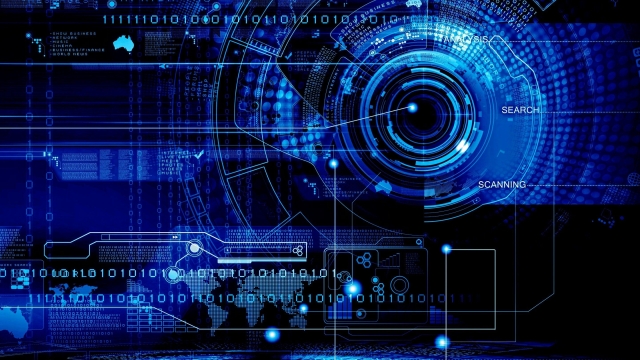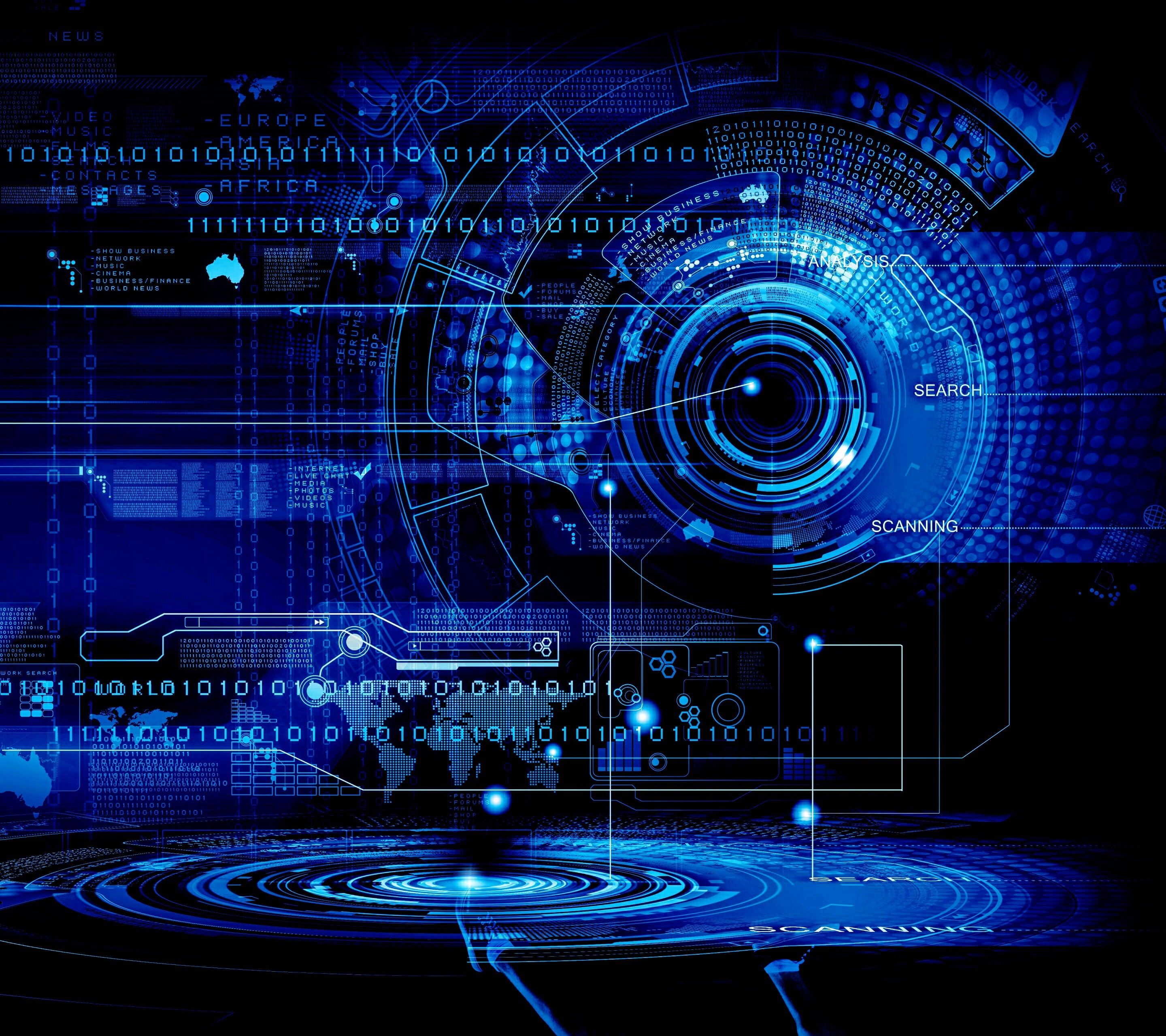
Unmasking the Reality: The Implications of Deepfake Technology

The rise of deepfake technology has brought both excitement and concern to the forefront of public discourse. With its ability to manipulate and alter visual content, deepfake technology has revolutionized the world of digital media. However, behind its mesmerizing capabilities lies a darker reality that raises serious ethical and societal implications. In this article, we will delve into the world of deepfakes, unmasking the nuances and exploring the potential consequences of this groundbreaking technology.
Deepfake technology utilizes advanced artificial intelligence algorithms to create hyper-realistic videos or images that can convincingly substitute one person’s likeness for another. What was once the stuff of science fiction is now a disturbingly plausible reality, as we witness the ease with which a person’s face can be digitally morphed onto someone else’s body, or see their voice seamlessly merged with another’s. The implications of this technology can be far-reaching, from harmless entertainment to malicious manipulation, and everything in between.
While deepfakes have undeniable entertainment value, with applications in film and other creative industries, the potential for misuse is what sparks concern. Imagine the damage that can be done when the lines between truth and fiction are blurred. News reports, political campaigns, and personal relationships can all be jeopardized, as lies and deception become indistinguishable from reality. As we explore the world of deepfakes, it is essential to understand and navigate the ethical and legal implications that arise in an era where trust and authenticity are increasingly difficult to discern. The challenges that deepfake technology presents to our society demand our attention, and we must grapple with how to responsibly navigate this new frontier.
Understanding Deepfake Technology
Deepfake technology is an emerging field that has gained significant attention in recent years. It refers to the use of artificial intelligence (AI) algorithms to create or manipulate images, videos, or audio in a way that appears authentic but is actually fabricated. The term "deepfake" is a combination of "deep learning" and "fake," highlighting its reliance on deep neural networks to generate convincing and often deceptive content.
At the core of deepfake technology lies the concept of generative adversarial networks (GANs). GANs consist of two competing neural networks, namely the generator and the discriminator. The generator network synthesizes the manipulated content, while the discriminator network tries to detect any anomalies or inconsistencies within that content. Through an iterative training process, these networks improve their abilities, resulting in highly realistic deepfakes.
The implications of deepfake technology are far-reaching and pose various challenges in today’s digital landscape. On the one hand, it opens up new creative possibilities, enabling artists and filmmakers to produce captivating visual effects and generate realistic scenes. It also has potential applications in the gaming industry, virtual reality, and other immersive experiences.
However, the nefarious uses of deepfake technology are a growing concern. Malicious actors can exploit this technology to create highly realistic fake videos or images for fraudulent purposes. They can manipulate political speeches, corporate videos, or personal footage, leading to misinformation, reputational damage, and even extortion. The potential for social engineering attacks and the spread of false information is alarming.
Best Deepfake App
In conclusion, deepfake technology presents both promising opportunities and significant challenges. While it opens up new creative avenues, its misuse can have severe consequences. As the capabilities of deepfake technology continue to advance, it is crucial to develop robust detection methods and promote awareness to mitigate its potential negative impacts on society.
Social and Ethical Implications
Deepfake technology has brought forth significant social and ethical implications that cannot be ignored. As its capabilities continue to advance, concerns surrounding privacy, consent, and the spread of misinformation have become more pronounced.
First and foremost, the issue of consent arises when deepfakes are created without the explicit permission of individuals involved. By manipulating someone’s likeness or voice, deepfakes have the potential to violate personal boundaries and manipulate public perception. Without proper consent, individuals may find themselves at the mercy of malicious actors who use deepfakes to deceive or defame others.
Furthermore, the impact on political discourse and the spread of misinformation cannot be underestimated. Deepfakes have the ability to manipulate video evidence, making it increasingly challenging to discern truth from fabrication. In an era where visual evidence is often considered irrefutable, the proliferation of deepfakes raises concerns about the erosion of trust in media and the potential to manipulate public opinion.
Additionally, there are broader societal implications of deepfake technology. As deepfakes become more accessible and easier to create, the risk of cyberbullying and harassment increases exponentially. By enabling the creation of realistic and deceptive content, deepfakes can be weaponized to humiliate, intimidate, or extort individuals, leading to significant emotional and psychological harm.
In conclusion, the social and ethical implications of deepfake technology are vast and complex. As society grapples with these challenges, it becomes increasingly important to establish robust frameworks that safeguard individual privacy, ensure informed consent, and mitigate the potential for deepfakes to undermine truth and trust in our digital world.
Mitigating the Risks of Deepfakes
As deepfake technology continues to advance, it brings with it a host of risks and challenges. However, there are steps that can be taken to mitigate these risks and protect individuals from the potential harm they pose.
Firstly, raising awareness is crucial in combating the dangers of deepfakes. Educating the public about the existence and capabilities of this technology can help individuals become more critical viewers of content. By understanding the potential for manipulation, people can exercise caution and question the authenticity of media they encounter.
Secondly, technological solutions play a key role in mitigating the risks associated with deepfakes. The development of advanced algorithms and tools for detecting and authenticating media can help identify manipulated content. These technologies can act as a safeguard, providing warnings or indicators when encountering potential deepfakes.
Lastly, legal frameworks need to be established to address the ethical and legal implications of deepfake technology. As this form of media manipulation can have severe consequences, regulations must be in place to deter malicious use and protect individuals from harm. This includes laws that define the boundaries of acceptable use and hold perpetrators accountable for any resulting damage.
By combining awareness, technological advancements, and legal measures, we can strive to mitigate the risks posed by deepfake technology. It is only by actively addressing these concerns that we can hope to navigate this new era of digital manipulation with confidence and security.

